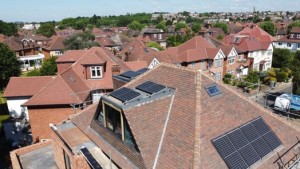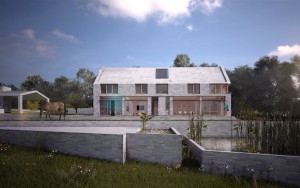Over the years, we have been a witness to the astounding evolution in the industry and a participant in the crusade for sustainable development. As a part of a contemporary design-led architecture studio, focused on low energy and low embodied carbon designs, I feel an enormous responsibility in driving the industry towards ‘net zero’. The concept of net zero, a balance between the amount of greenhouse gas emissions produced and removed from the atmosphere, has been thrust upon us as an urgent requirement, yet its fulfilment remains elusive. This blog aims to unravel the architecture industry’s ongoing quest for sustainability and provide insight into the pressing need for a decisive shift from the status quo towards innovative, carbon-conscious design practices.
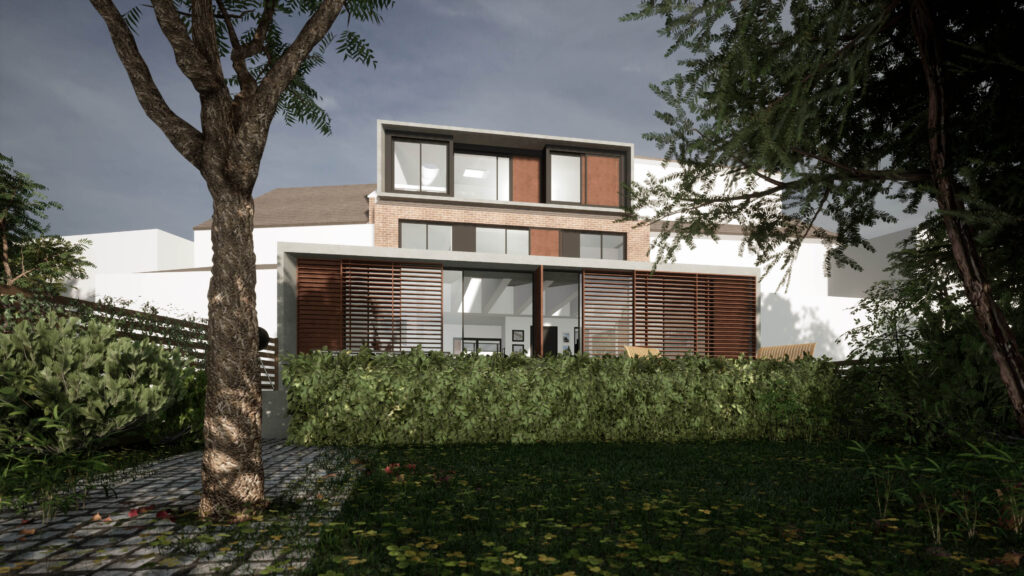
Chapter 1: Setting the Scene: Sustainability in the Construction Industry
Over the years, architects, engineers, builders, and other professionals within the built environment have been operating under the banner of progressive sustainability. However, in reality, we have merely sustained and maintained the status quo. The construction industry’s dependency on conventional practices threatens to jeopardize the environment and the needs of current and future generations. To sustain our trajectory of consumption and waste without transforming our methods is a recipe for disaster. Change isn’t just necessary; it’s imperative.
Chapter 2: A Wake-up Call: The Climate Change Act and the Environmental Emergency
The UK Government’s Climate Change Act in 2008 marked the nation’s commitment to reducing greenhouse gas emissions by 100% of 1990 levels by 2050. Despite this, the commitment to sustainability remained rhetoric for many industries, including the built environment, agriculture, and transport. Their collective output levels remain comparable to 1990, with a mere 40% drop in emissions attributed primarily to the energy sector.
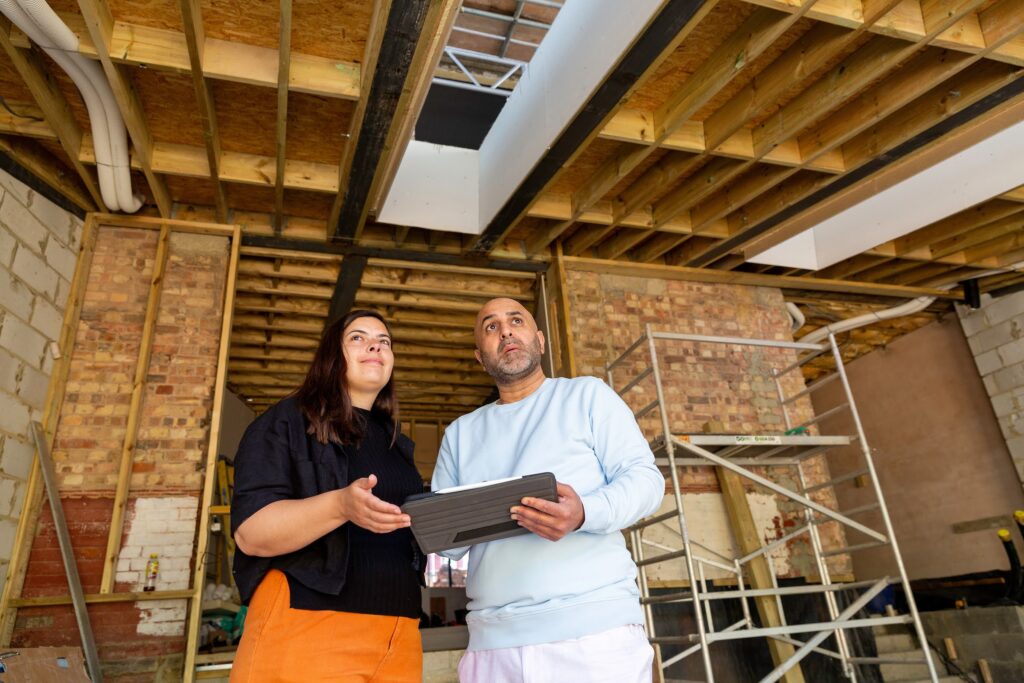
Chapter 3: The Silent Culprits: Construction Emissions
Alarmingly, the construction, operation, and maintenance of the built environment contribute to 45% of total UK carbon emissions. Additionally, construction and demolition of buildings contribute to a whopping 32% of landfill waste. It’s time to shift our focus from a short-term perspective to a comprehensive lifecycle approach, addressing the construction process, operational phase, and eventual decommissioning of the structures we create.
Chapter 4: The Art of Accounting for Carbon
According to the UK Green Building Council, 10% of total UK emissions originate from the construction process alone. However, the carbon footprint of a building extends beyond construction to include the extraction, manufacture, and transportation of materials, on-site emissions, repair and restoration, and the potential for material recycling or landfilling. The intricacy of this process calls for transparent and accurate accounting, ensuring that undesirable carbon values aren’t ‘greenwashed’.
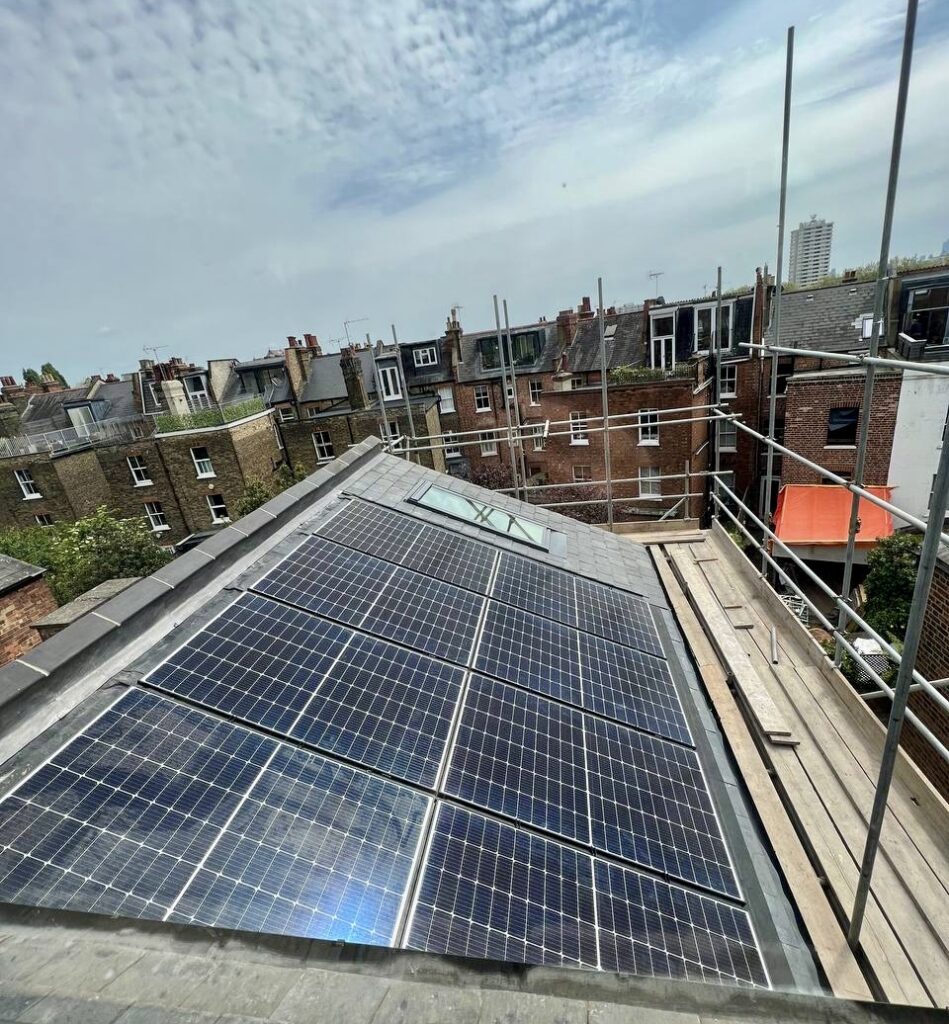
Chapter 5: Embodied Energy and Carbon Conscious Material Choices
A key aspect of reducing carbon output involves re-evaluating our material choices. Traditionally, the architecture industry has relied heavily on materials such as steel and concrete. These materials have high embodied energy due to their extraction, production, and transportation processes, contributing significantly to carbon emissions. Therefore, exploring alternative materials with lower embodied energy is crucial to achieving our net-zero goal.
Chapter 6: Embracing Timber Construction
Cross-Laminated Timber (CLT) construction, as a carbon-negative alternative to steel and concrete, is slowly gaining acceptance in the industry. Architectural practices such as RISE Design Studio and Waugh Thistleton are trailblazers in this area. CLT offers intriguing possibilities with its inherent flexibility in design and compatibility with low carbon strategies. It presents a promising path towards sustainable architecture, despite the lingering concerns around fire safety for high-rise buildings.
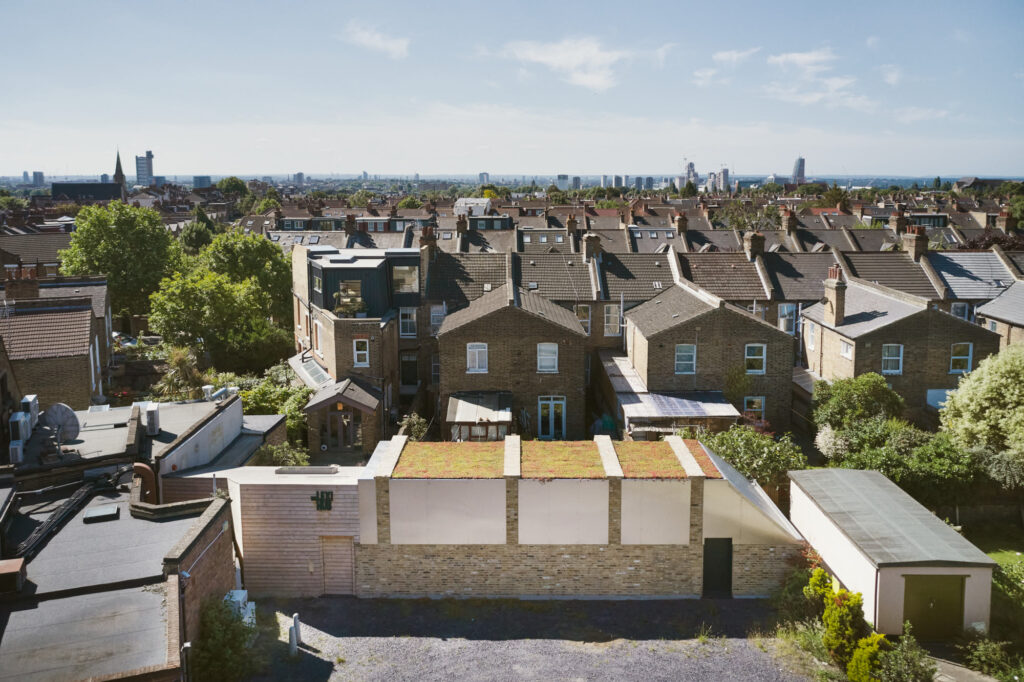
Chapter 7: Timber – The Sustainable Promise
Despite the regulation against the use of combustible materials in new housing schemes over 18m post-Grenfell, the potential benefits of CLT cannot be ignored. Its attributes include speed of housing delivery, carbon capture, fire and acoustic performance, and embodied energy. Notably, it provides the opportunity for carbon sequestration, further contributing to reducing the overall carbon footprint of a building.
Chapter 8: Beyond Energy Efficiency: The Quest for Carbon-Positive Building
While it’s crucial to reduce embodied carbon and energy in use, our ambition should extend beyond achieving net-zero energy buildings to creating ‘carbon positive’ ones. Carbon-positive buildings not only consume less energy than they produce but also incorporate materials that actively remove carbon from the atmosphere. Our ultimate goal should be to design and build structures that contribute positively to their environment and leave a beneficial legacy for future generations.

Chapter 9: Innovating with New Sustainable Materials
Technological innovation and research are fostering the development of new sustainable materials. For instance, researchers at Washington State University have developed plant-based insulation that outperforms synthetic equivalents like Styrofoam. Similarly, companies like BioMason and StoneCycling are revolutionising the production of bricks, using environmentally friendly and recycled materials. Such developments are not only reducing the industry’s carbon footprint but also challenging the conventional norms of material usage.
Chapter 10: Reimagining the Future of Construction
To transition towards sustainable construction, a paradigm shift is required at all levels of the industry. We must shed preconceptions of what a building should look and feel like and bravely innovate to ensure optimal performance. Clients and architects alike need to align their objectives with the overarching goal of environmental stewardship. Only by embracing change and challenging the status quo can we hope to meet our sustainability goals.
In conclusion, as we stand at the crossroads of sustainability, the architecture industry has an unprecedented opportunity to lead the charge towards a net-zero future. We must be pioneers, willing to venture beyond the comfortable realms of traditional practices and fearlessly embrace innovation. The journey won’t be easy, but the rewards – a healthier planet and a brighter future for generations to come – are undoubtedly worth the challenges we will face along the way.
If you would like to talk through your project with the team, please do get in touch at mail@risedesignstudio.co.uk or give us a call at 020 3290 1003
RISE Design Studio Architects company reg no: 08129708 VAT no: GB158316403 © RISE Design Studio. Trading since 2011.

